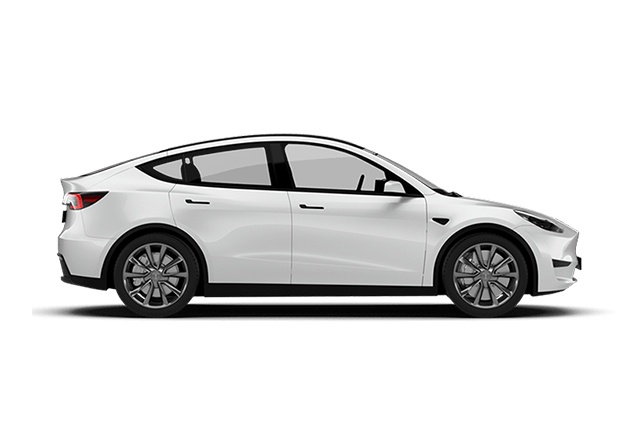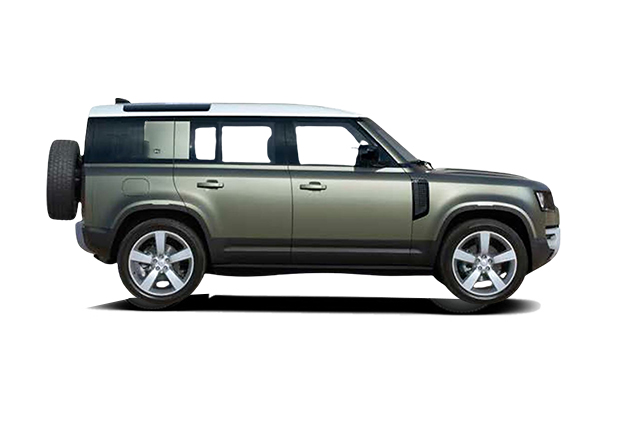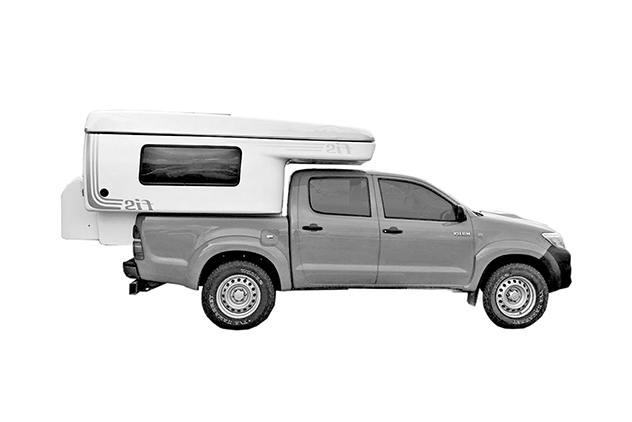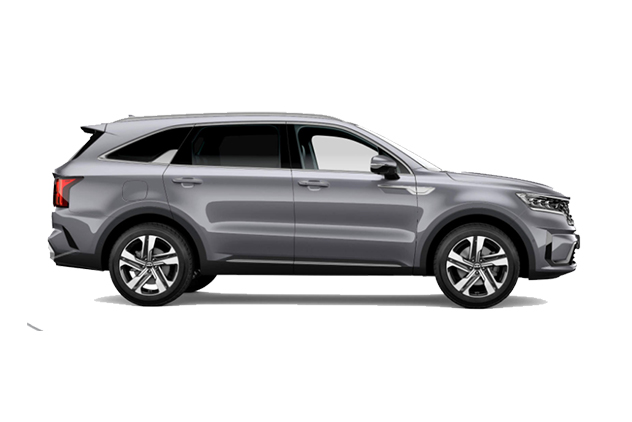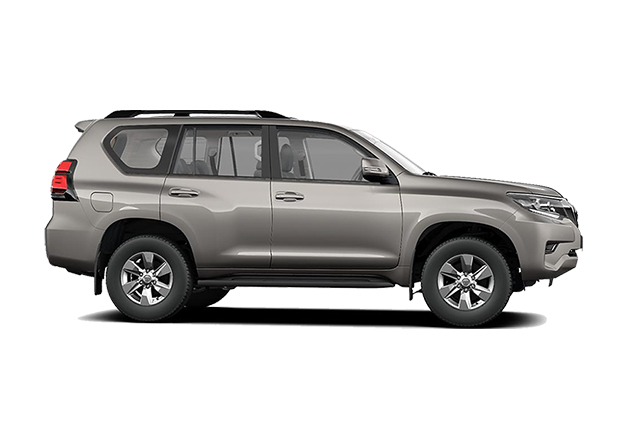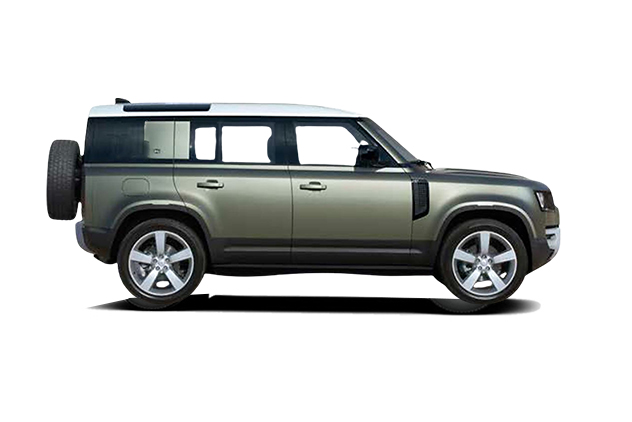One of the first steps in planning a trip to a new country is choosing the right travel dates. This is especially true for a destination like Iceland, where the seasons vary dramatically, and timing can make or break your experience.
In this guide, we’ll help you determine when to avoid visiting Iceland by considering key factors like temperature, daylight hours, weather conditions, crowds, costs, and driving challenges. By the end, you’ll know the best times to steer clear of the island and how to plan your visit wisely.
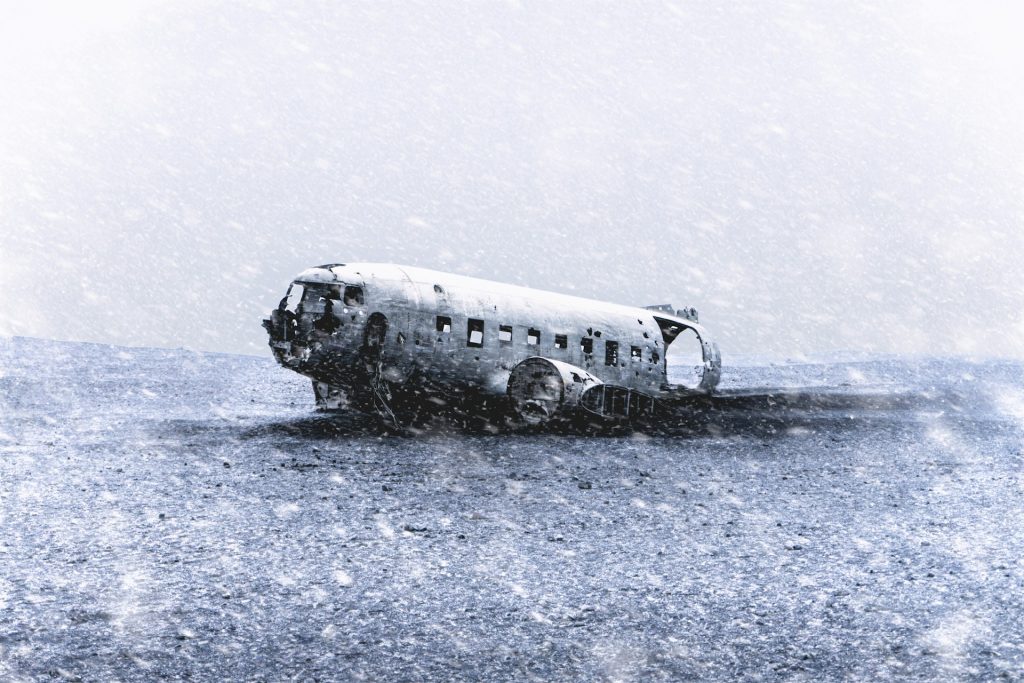
The worst time to visit Iceland in terms of temperature
Iceland’s coldest months are January and February, with temperatures often hovering around -1°C (30°F) in South Iceland and dropping even lower in the north. The icy winds make it feel even colder, which can be uncomfortable if you aren’t used to those types of conditions.
Outdoor activities like hiking or visiting Iceland waterfalls are less enjoyable when dealing with the cold. Visiting attractions like ice caves and hot springs means you will have to deal with the harsh elements that come with this time of year. If you’re not a fan of the cold, we recommend avoiding Iceland during the winter months.
The worst time to visit Iceland in terms of daylight hours
December in Iceland is the darkest month, with only 4-5 hours of daylight in the southern regions. This lack of daylight means that sightseeing opportunities are limited, making it more of a challenge to fully experience all of Iceland’s beauty.
Popular attractions like waterfalls and glaciers are harder to appreciate when you’re racing against the clock to see them in daylight. While the long nights offer a chance to see the northern lights in Iceland, the overall experience of exploring Iceland with such limited daylight can prove more difficult, especially if you’re trying to fit in multiple activities in one day.
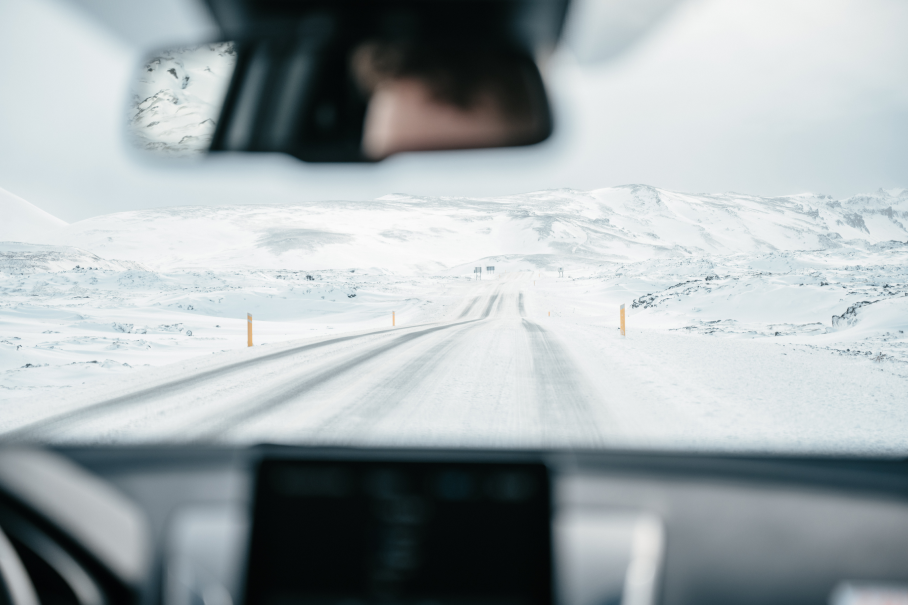
The worst time to visit Iceland in terms of weather
The weather in Iceland from December to March can be harsh and unpredictable, with frequent storms, heavy snowfall, and strong winds. These conditions can make some outdoor activities difficult, with road closures and travel disruptions being common.
If you plan to explore Iceland’s remote areas like the Westfjords or take a road trip around the Iceland Ring Road, winter can be particularly challenging. That said, some activities like snowmobiling and ice caving are best during the winter, but you should still anticipate interruptions due to weather. For those seeking a more predictable and less weather-dependent experience, winter might not be the best season in Iceland to visit.
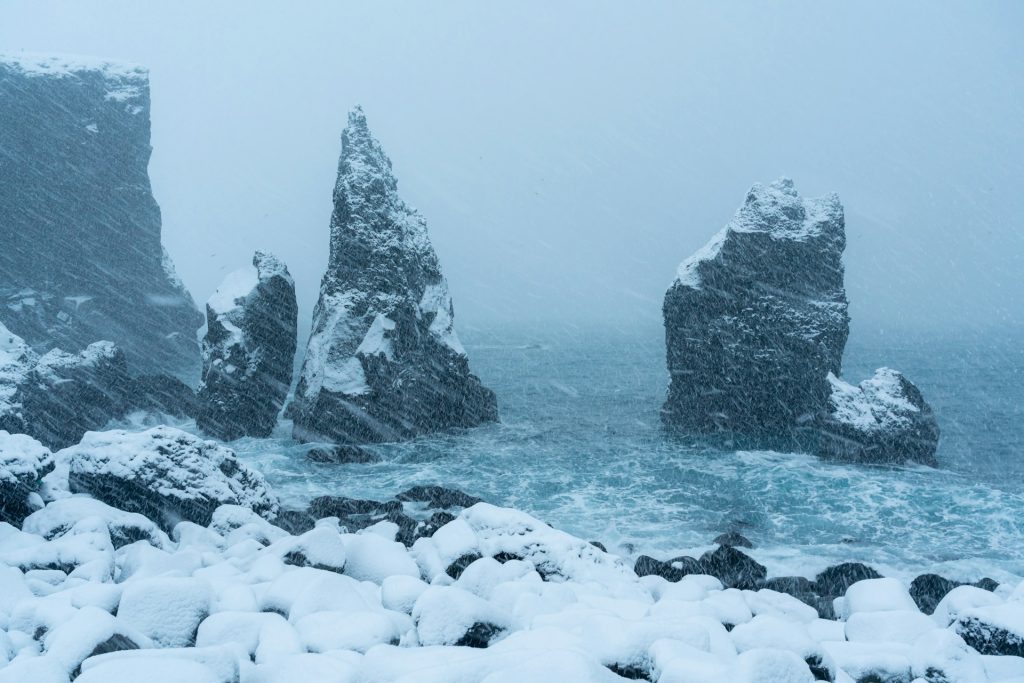
The worst time to visit Iceland in terms of crowds
The summer months of June, July, and August are the worst time to visit Iceland if you want to avoid crowds. These months are the high season for tourism, which attracts thousands of visitors from around the world. Campsites are full, and popular attractions like the Golden Circle, Blue Lagoon, and Jökulsárlón Glacier Lagoon can become overcrowded.
If you’re traveling in the summer months, you can expect longer wait times and limited availability for things like tours, accommodations, and rental cars, so you need to book well in advance. If you’re looking for relaxation and a more intimate connection with nature, the summer months might not be the best choice, as the island’s most popular spots can feel more like busy tourist hubs than serene natural wonders.
The worst time to visit Iceland in terms of expenses
The summer months starting late May until late August, are also the most expensive time to visit Iceland. Prices for accommodations, flights, and tours skyrocket, with hotel rates often doubling or tripling compared to the off-season. Rental cars are also in high demand, and the price can increase, so it’s recommended that you book your rental car well in advance.
If you’re traveling on a budget, visiting Iceland during the summer can be financially challenging. However, renting a car and camping can help reduce costs, allowing you to experience Iceland’s natural beauty without breaking the bank.
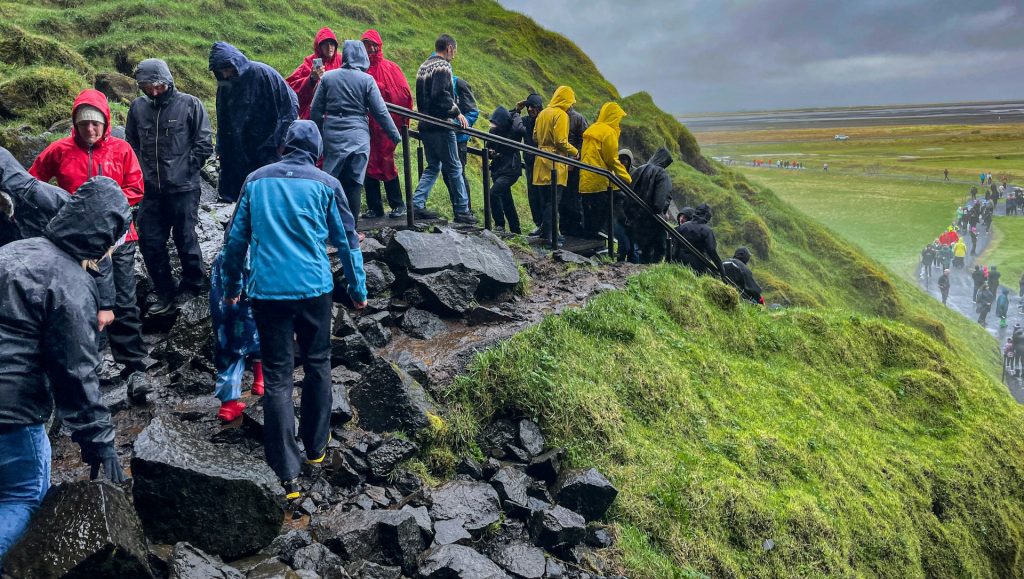
The worst time to drive in Iceland’s remote areas
Driving in Iceland’s remote areas is most difficult during the winter and autumn months (September to May). The Iceland F-roads, which lead to some of Iceland’s most beautiful highland regions, are even CLOSED during this time due to heavy snow and ice.
Even in more accessible areas, driving can be challenging, especially in the Westfjords region, East Iceland, and North Iceland, where snowstorms are frequent. If you’re not used to driving in snowy conditions, driving on Iceland’s remote roads can be tricky, so it’s best to avoid these months unless you’re an experienced winter driver. Opting for a reliable rental car, like a 4×4 vehicle, can provide better handling and safety in these conditions.
The Worst Time to Visit Iceland in Terms of Whale Watching
Whale watching is one of Iceland’s most popular activities, offering visitors the chance to see magnificent creatures like humpback whales, orcas, and minke whales in their natural habitat. However, the worst time to visit Iceland for whale watching is during the winter months, from November to March.
During this period, the harsh weather conditions, including high winds and rough seas, can lead to frequent tour cancellations and make the experience less enjoyable. Additionally, the limited daylight hours in winter reduce the amount of time available for tours, further diminishing your chances of spotting whales.
The peak whale-watching season in Iceland is from April to October when the waters are calmer, and the whales are more active near the coast. If whale watching is a top priority, it’s best to avoid the winter months when the conditions are less favorable.
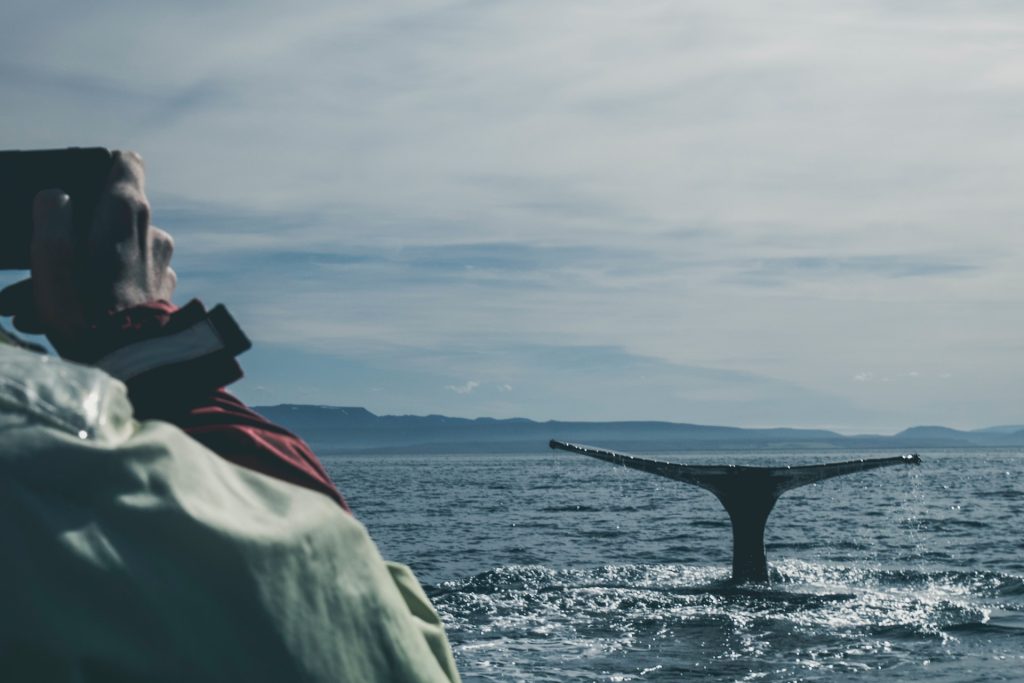
The Worst Time to Visit Iceland in Terms of Seeing the Midnight Sun
The midnight sun is a unique natural phenomenon where the sun remains visible at midnight, offering extended daylight hours and a surreal experience of never-ending sunlight. This spectacular sight can only be seen during the summer months, particularly from mid-May to late July.
Therefore, the worst time to visit Iceland if you want to see the midnight sun is from September to April, when the days are significantly shorter, and the sun sets much earlier. During the winter months, the opposite phenomenon occurs, with long nights and only a few hours of daylight, making it impossible to experience the midnight sun.
If you’re hoping to enjoy the endless days of summer and take advantage of the extra daylight for exploring Iceland’s stunning landscapes, plan your visit during the peak summer months to fully enjoy this unique aspect of Iceland’s seasonality.
The Worst Time to Visit Iceland in Terms of Seeing the Northern Lights
The northern lights, or aurora borealis, are one of Iceland’s most captivating natural wonders, drawing visitors from around the world hoping to witness the colorful dance of lights in the night sky. However, the worst time to visit Iceland for seeing the northern lights is during the summer months, from late April to early August.
During this period, the phenomenon of the midnight sun results in extended daylight hours, which means the skies are too bright to see the auroras clearly. The best time to see the northern lights in Iceland is from September to March when the nights are longer, darker, and solar activity is higher. If viewing the northern lights is a key reason for your trip, avoid the summer months and aim for a winter visit when the skies are darker and the chances of seeing this natural spectacle are much higher.
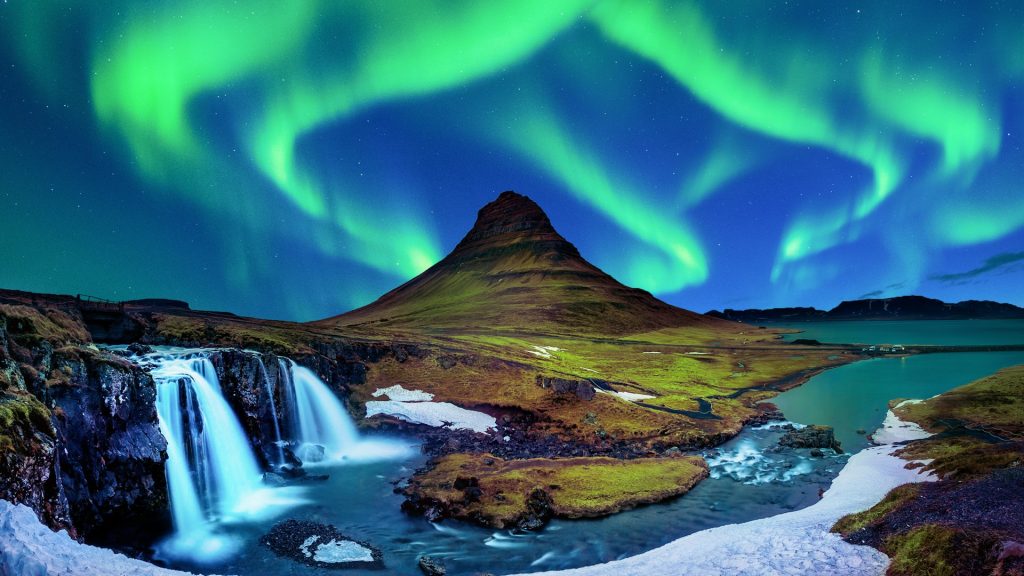
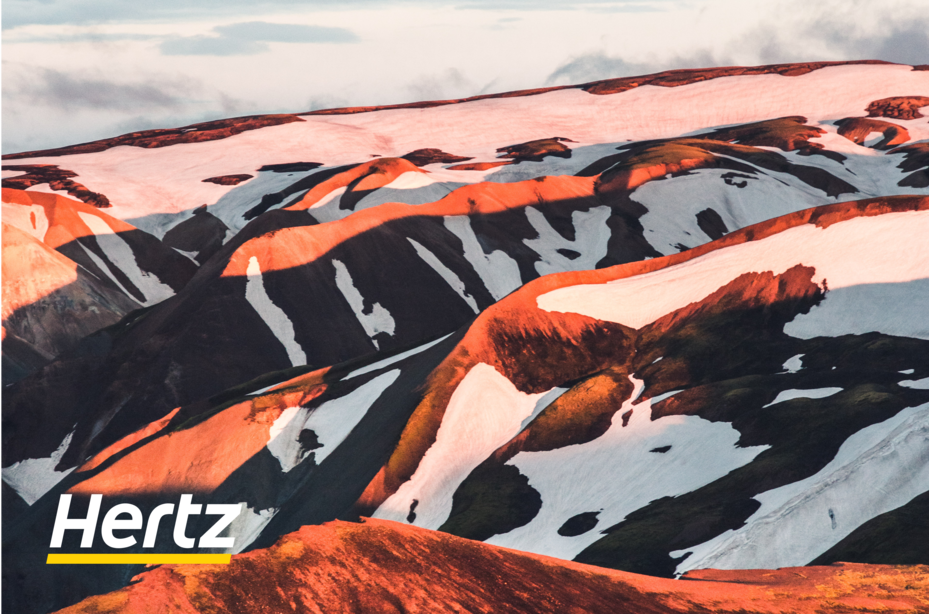
Driving in Iceland: Tips and Recommendations
Driving in Iceland is one of the best ways to explore the country’s diverse landscapes at your own pace. The country’s well-maintained road network includes the famous Route one Ring Road, which circles the entire island and connects most of the major sights.
However, driving in Iceland can present unique challenges, especially during the winter months. Road conditions can vary dramatically depending on the season, with icy surfaces, strong winds, and sudden weather changes being common in winter. It’s essential to be prepared for these conditions and to check road and weather updates regularly.
If you plan to explore off the beaten path, such as the highlands or remote regions like the Westfjords, renting a 4×4 vehicle is recommended. These areas often have gravel roads and challenging terrain that standard vehicles might not handle well. For those less experienced with driving in icy or snowy conditions, consider visiting during the summer when roads are clear and easier to navigate. Regardless of when you visit, always equip your rental car with the necessary safety gear, such as snow tires in winter.
Hertz Iceland offers a range of reliable vehicles suited to all types of travel needs. From compact cars perfect for city exploration to robust 4x4s ideal for remote adventures, you’ll find the right vehicle to suit your journey. Booking in advance, especially during the peak season, is crucial to ensure availability and secure the best rates. By choosing a trusted car rental service like Hertz Iceland, you can focus on enjoying your trip without the worry of transportation issues, making your Icelandic adventure smooth and memorable.
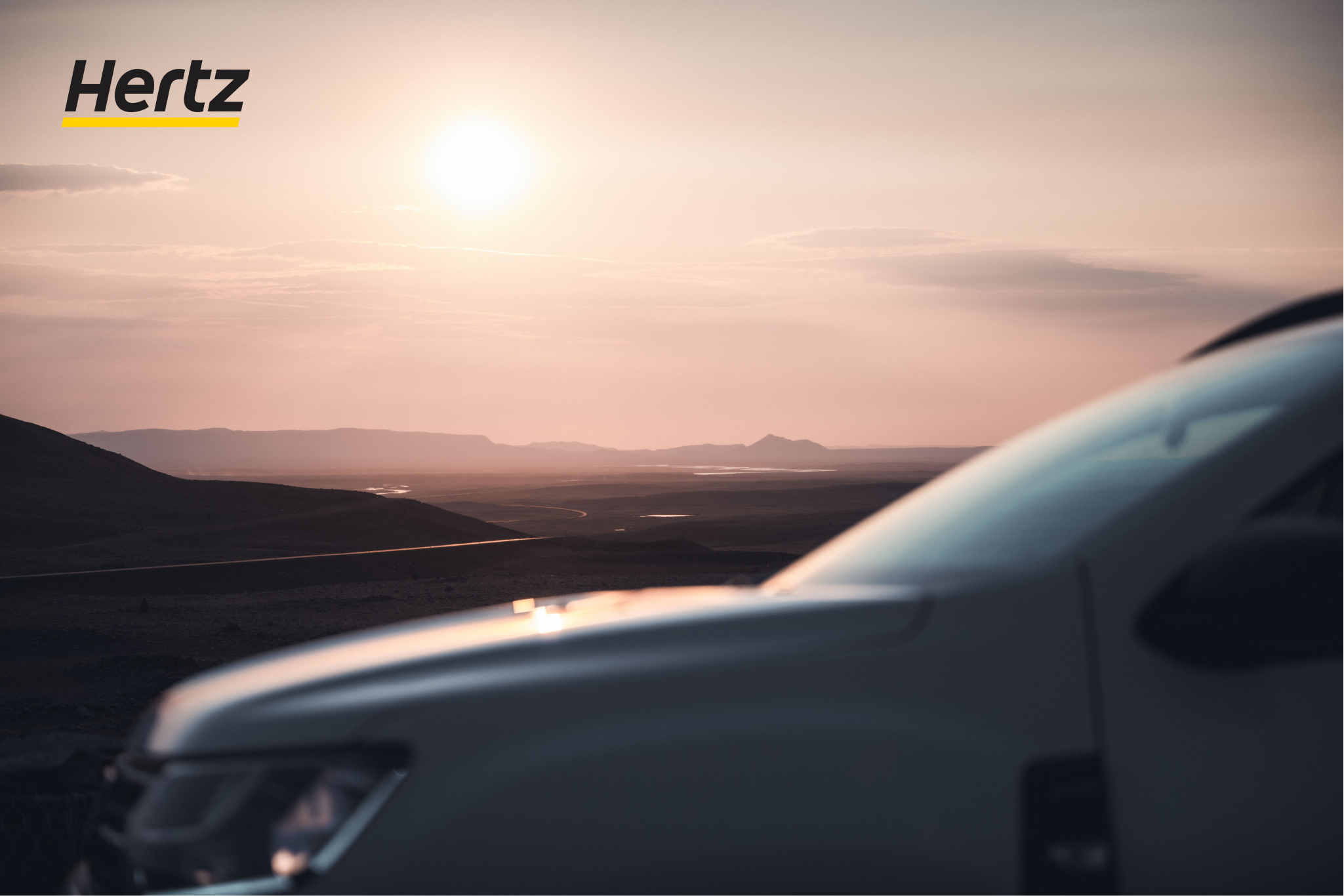
Visit Iceland at the best time
The worst times to visit Iceland vary depending on what you’re looking to experience. January, February, and December come with cold temperatures, limited daylight, and harsh, snowy weather, while the summer months of June to August attract large crowds and come with high prices.
Driving in remote areas during the winter and autumn months can also be tough due to closed roads and challenging conditions.
For a more enjoyable and affordable trip, consider visiting during the shoulder seasons (April-May or September-October) when the weather is milder, crowds are smaller, and prices are more reasonable.
And when you’re ready to explore Iceland, renting a car is the best way to see everything the country has to offer. Hertz Iceland offers reliable vehicles to help you navigate safely and comfortably. Book your rental car today to ensure you have access to the perfect vehicle for your group, regardless of when you choose to visit.

